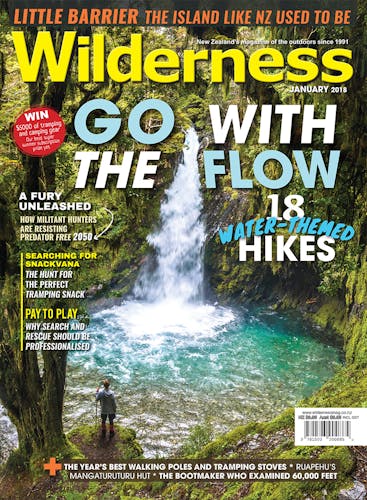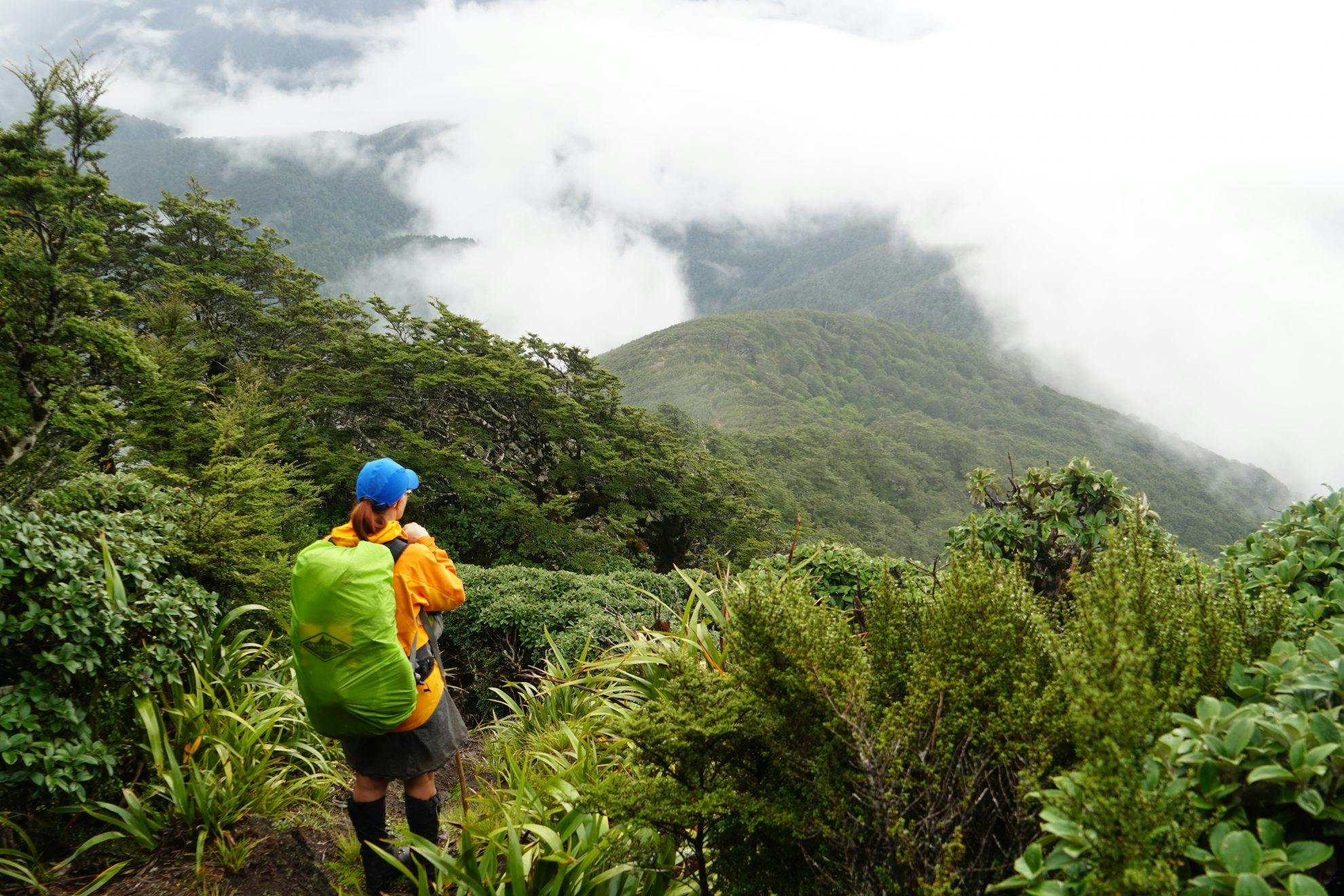With the Te Araroa Trail’s popularity growing, Anthony Behrens created an alternative route well off the beaten track.
Anthony Behrens walked the South Island section of the Te Araroa trail with his partner Fiona Burleigh two years ago and said he was looking for an alternative route for the North Island leg.
“We aren’t fussed on the North Island TA route – the Manawatu area is two-thirds road walking, and it’s nothing like the South Island in terms of the incredible landscapes,” Behrens said.
Dubbed ‘Spine of the Fish’ after the Maori legend that the North Island was a fish, hauled out of the sea by Maui, Behrens’ new route is an intrepid option requiring weeks of isolation. It runs through the Tararua Range, onto the Ruahine Range, through Kaweka Forest Park, Whirinaki Forest, Te Urewera, along the coast of the Bay of Plenty to the Kaimai Range and up the Coromandel Peninsula. After a ferry to Waiheke Island, it rejoins the standard TA in Auckland.
“I’ve always looked at the green line of forest that you can see going up the centre of the North Island on a map as a natural pathway,” he said. “We’ve found out it’s actually ridiculously complex and a lot of hard work. The route is all on formed tracks, but a lot of them are unkempt and the logistics of planning food packages means it requires a lot of planning.”
Behrens said the toughest part was 21 days in the Ruahine Range.
“It’s hard yacker. People talk about it being ‘Ruahine steep’ and it’s a real thing. We buried food packages before we went and that got us through, but we were very hungry by the end of it.”
Dianes Hut in the Ruahines was a highlight if the trip. “It’s in this dark valley, with whio in the stream beside it.”
Sawtooth Ridge proved the toughest section. “That was our biggest day, both emotionally and physically. There are so many peaks that go on and on.”
Behrens said he was struck by the poor condition of much of the forest. “In the Kaweka Range, deer had eaten through the understory and there was little birdlife for a lot of the walk. The exception was Whirinaki, where there is a trapping programme to protect whio, and Coromandel, where there is also predator control for kiwi.”
A series of cyclones put an end to the Te Urewera leg of the trip as the tracks in the area suffered extensive damage, and the couple had to rejoin the Spine of the Fish at the Kaimai Range.
Initially walking the new route with the idea of promoting it as an alternative, Behrens now has mixed feelings about it.
“We reckon it’s a good idea for a trail that’s very different from the Te Araroa. But its beauty is its isolation, so I’m very reticent to give it to people. I’d like to have it as something people discover themselves.”
Behrens is also doing his bit to support the TA. He has built a replica Forest Service hut for TA walkers in his garden near Palmerston North.
“We’ve got fake DOC signs, and orange triangles leading up from the Manawatu River to our house.”
The four-bunk hut is painted Forest Service orange. Fees at ‘Whiowhio Hut’ are koha, with the money going towards the conservation group, Ruahine Whio Protectors.








